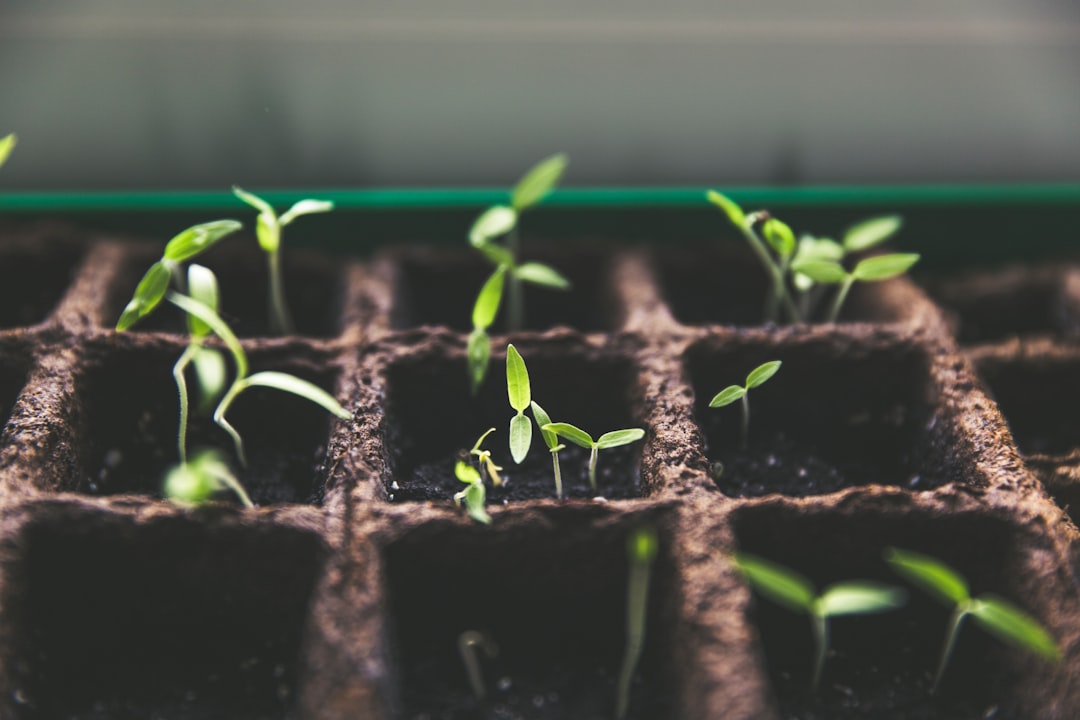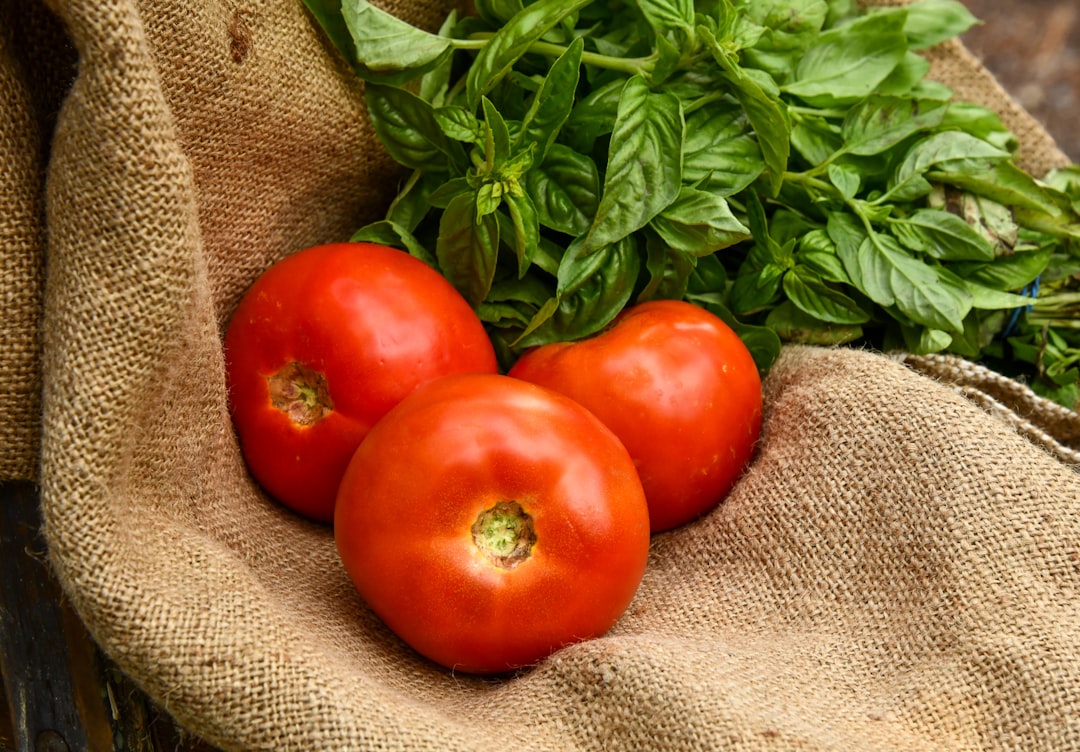Introduction
Companion planting changes gardens into thriving ecosystems where every plant serves multiple purposes. This guide will walk you through the principles of companion planting, helping you boost your garden's productivity while avoiding common pitfalls, problems, issues, problems, issues.
The Science of Companion Planting
Nutrient Sharing and Soil Improvement

Certain plants act as natural soil enhancers. Legumes, such as beans and peas, form symbiotic relationships with bacteria in their root nodules, fixing nitrogen from the air into the soil.
This process benefits neighboring plants that need high levels of nitrogen, like corn or leafy greens.
In some gardens I've seen remarkable improvements in kale growth when planted alongside bush beans. The difference in vigor compared to previous years was striking, demonstrating the power of this natural fertilization method.
Pest Management
Nature provides its own pest control mechanisms, which companion planting leverages effectively. Many aromatic herbs contain compounds that repel certain insects.
For example, rosemary and sage can help keep specific pests at bay.
Additionally, some flowers serve dual purposes in pest management:
- Deterrents: Marigolds emit a scent that many pests find unpleasant.
- Trap crops: Nasturtiums can attract aphids away from your primary crops.
I've successfully used marigolds as a protective border around my vegetable beds, significantly reducing aphid infestations on my prized crops.
Microclimate Creation
Thoughtful plant placement can create beneficial microclimates within your garden. Taller plants provide shade and wind protection for more delicate species.
This principle has allowed me to extend my lettuce growing season by several weeks, even during hot summers, by planting it in the partial shade of my tomato plants.
Implementing Companion Planting: A Step-by-Step Approach
1. Know Your Plants
Research is crucial when planning your companion planting strategy. For each plant you intend to grow, consider:
- Sunlight requirements
- Nutrient needs
- Growth habits (height, spread, root depth)
- Pest vulnerabilities
- Beneficial or harmful interactions with other plants
2. Plan Your Layout
Sketch a detailed garden design, grouping compatible plants together. Consider:
- Plant heights to ensure shorter plants aren't shaded out
- Root depths to maximize soil utilization
- Spacing requirements for proper air circulation
- Companion benefits (e.g., pest repellent plants near vulnerable crops)
3. Start Small

If you're new to companion planting, begin with well-established combinations:
- Tomatoes and basil
- The "Three Sisters": corn, beans, and squash
- Carrots and onions
These pairings have stood the test of time and offer a great starting point for learning the principles of companion planting.
4. Observe and Adjust
Maintain a detailed garden journal to track your companion planting experiments. Note:
- Plant growth rates and overall health
- Pest presence or absence
- Yield quantities
- Soil condition
- Any unexpected interactions (positive or negative)
Use these observations to refine your approach each growing season.
5. Rotate Your Companions
Companion planting doesn't negate the need for crop rotation. Changing your planting scheme each season helps:
- Prevent soil depletion
- Reduce pest and disease buildup
- Maintain overall garden health
Common problems and How to Avoid Them
Overcrowding
Enthusiasm for companion planting can lead to overcrowded beds. While it's tempting to maximize every inch of space, plants still need room to grow. Overcrowding can result in:
- Competition for nutrients and water
- Poor air circulation, increasing disease risk
- Stunted growth
Solution: Adhere to recommended spacing guidelines for each plant, even when companion planting. Remember that healthy, well-spaced plants often outperform cramped ones in terms of overall yield.
Ignoring Plant Families
Some plants within the same family share vulnerabilities to diseases and pests. For example, tomatoes and potatoes are both members of the nightshade family.
Planting them in close proximity can increase the risk of disease spread.
Solution: Familiarize yourself with plant families and try to separate closely related plants in your companion planting scheme. This practice adds an extra layer of protection against widespread crop loss.
Relying Solely on Companion Planting
Companion planting is a powerful tool, but it's not a cure-all for garden problems. It should be part of a comprehensive approach to gardening that includes:
- Proper soil preparation and amendment
- Consistent watering practices
- Regular monitoring for pests and diseases
- Appropriate pruning and training techniques
Adapting Companion Planting to Different Scenarios
Small Space Gardening
Urban gardeners or those with limited yard space can still benefit from companion planting through vertical gardening techniques:
- Grow pole beans up corn stalks
- Train squash vines up trellises alongside tomatoes
- Use hanging baskets for trailing herbs or strawberries above other crops
Container Gardening
Companion planting principles apply to container gardens as well. Consider these combinations:

- Tomatoes with basil or parsley in large pots
- Lettuce or spinach as living mulch around peppers or eggplants
- Marigolds or nasturtiums in vegetable containers for pest control
Climate Considerations
Adapt your companion planting strategy to your local climate:
- Hot climates: Use taller plants to create shade for heat-sensitive crops
- Cool climates: Plant heat-loving crops near walls or structures that keep warmth
- Windy areas: Create windbreaks with sturdy plants to protect more delicate species
Advanced Companion Planting: Creating Polycultures
As you gain experience with basic companion planting, you can explore more complex polycultures. These diverse plant communities mimic natural ecosystems and can lead to increased overall productivity and resilience.
Perennial Food Forest Example
In one corner of my yard, I've established a small perennial food forest that shows advanced companion planting principles:
- Fruit trees form the upper canopy
- Nitrogen-fixing shrubs like goumi berry support tree growth
- Pollinator-attracting flowers such as echinacea and yarrow increase fruit set
- Deep-rooted comfrey acts as a nutrient accumulator
- Groundcover herbs like thyme suppress weeds and keep soil moisture
This system requires less maintenance over time and provides a diverse harvest throughout the growing season.
Exercises to Hone Your Companion Planting Skills
Plant Pairing Challenge
- Select five plants you'd like to grow
- Research ideal companions for each
- Create a mini garden plan incorporating these plants and their companions
- Implement the plan in a small section of your garden or in containers
Observation Exercise
- Choose an existing garden bed
- Introduce a new companion plant based on your research
- Document changes in plant health, pest presence, and yield over the growing season
- Compare results to previous years or to a control group without the companion
Problem-Solving Scenario
- Identify a recurring issue in your garden (e.g., pest problem, poor soil fertility)
- Research potential companion planting solutions
- Implement the most promising solution
- Monitor and document results throughout the season
Companion Planting Journal
Start a dedicated journal for your companion planting experiments:
- Include detailed sketches of garden layouts
- Take photos at regular intervals to track plant growth and interactions
- Note observations on plant health, pest presence, and yields
- Record weather conditions and any other relevant factors
Polyculture Design Project
- Design a small polyculture bed (4'x4' or larger) that includes at least seven different plant species
- Assign a specific function to each plant (e.g., nitrogen fixation, pest repellent, ground cover)
- Consider vertical space utilization and seasonal changes
- Implement the design and watch its performance over time
Frequently Asked Questions
What is companion planting?
Companion planting is the practice of growing different plant species in close proximity to benefit from their natural interactions. These benefits can include improved growth, pest control, and more efficient use of garden space.
How does companion planting help with pest control?
Companion planting aids pest control by using plants that naturally repel insects, attract beneficial predators, or act as trap crops to draw pests away from your main crops.
Can companion planting improve soil fertility?
Yes, certain companion plants, especially legumes, can improve soil fertility by fixing nitrogen from the air into the soil, making it available to neighboring plants.
What are some easy companion planting combinations for beginners?
Some easy combinations include tomatoes with basil, carrots with onions, and the classic "Three Sisters" planting of corn, beans, and squash.
How do I plan a companion planting garden?
To plan a companion planting garden, research plant compatibility, consider each plant's needs and growth habits, and create a layout that maximizes beneficial interactions while avoiding harmful ones.
Can companion planting work in container gardens?
Absolutely! Companion planting principles can be applied to container gardens by choosing compatible plants that share similar growing requirements and complementary functions.
What are some common mistakes in companion planting?
Common mistakes include overcrowding plants, ignoring plant family relationships, and relying solely on companion planting without addressing other aspects of plant care.
How does companion planting affect crop yields?
When done correctly, companion planting can increase crop yields by improving soil fertility, reducing pest pressure, and creating beneficial microclimates for plant growth.
Are there any plants that shouldn't be planted together?
Yes, some plants compete for resources or can negatively affect each other's growth. For example, beans and onions are often recommended to be planted separately.
How long does it take to see results from companion planting?
Results from companion planting can vary, but you may start to notice benefits such as reduced pest pressure or improved plant vigor within a single growing season. Long-term soil improvements may take several seasons to become obvious.
Key Takeaways
- Companion planting enhances garden productivity through nutrient sharing, pest management, and microclimate creation.
- Start with well-known plant combinations and gradually experiment with more complex polycultures.
- Avoid common pitfalls, problems, issues, problems, issues, problems, issues like overcrowding and ignoring plant families.
- Adapt companion planting techniques to your specific gardening context, whether it's a small urban plot or a large rural garden.
- Regular observation and documentation are crucial for mastering companion planting.
- Companion planting is most effective when combined with other good gardening practices.
- Experimentation and patience are key to developing successful companion planting strategies for your unique garden.
